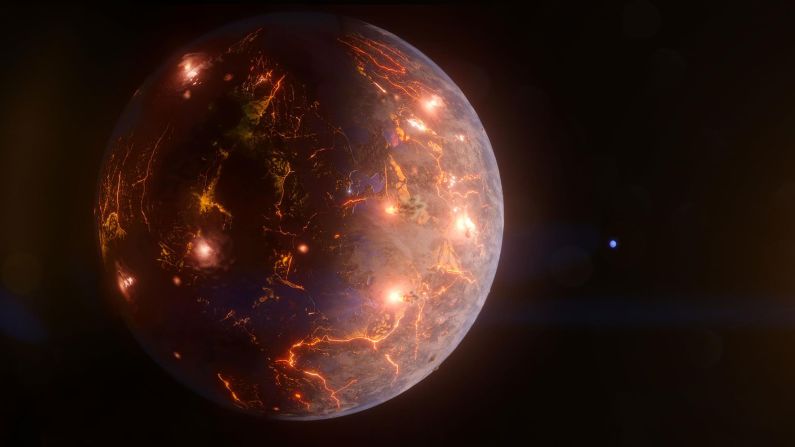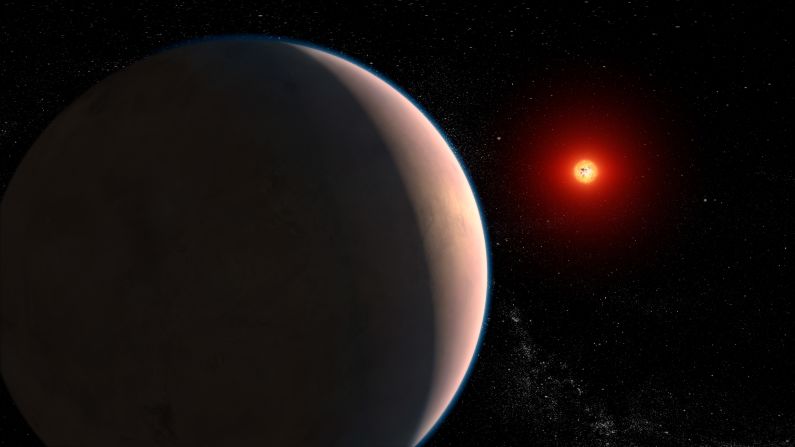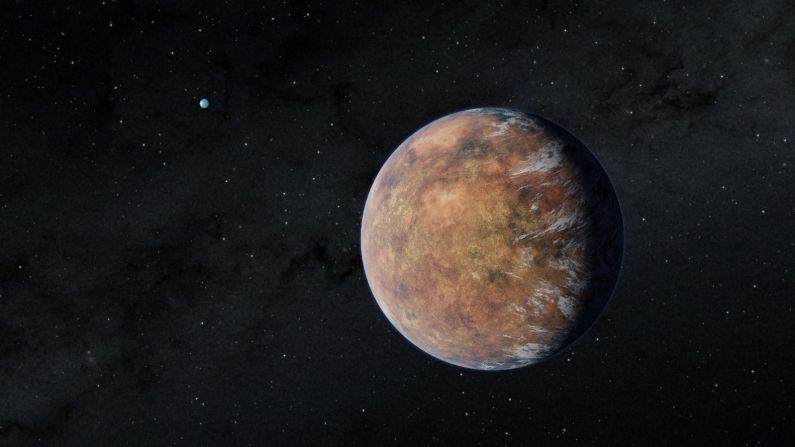Astronomers have discovered a second exoplanet hiding out in an intriguing star system.
The Beta Pictoris system is 63.4 light-years from Earth. The star is very bright, and it’s surrounded by a giant disk made of dust, gas and debris – the leftovers of its formation. The star is also twice the mass of our sun.
To astronomers, this 23 million-year-old-star is quite young. Studying Beta Pictoris for the past 30 years has allowed them to watch the process of a planetary system as it forms around the star.
In 2009, the star was discovered to be orbited by a giant gas planet dubbed Beta Pictoris b. The planet is seven times more massive than Jupiter and orbits its star at the same distance as Saturn orbits our sun, though Beta Pictoris b orbits within the debris disk.
Now, a second giant planet has been found around the star by the same team that found the first. The study detailing the discovery was published Monday in the journal Nature Astronomy.
The second planet, named Beta Pictoris c, has a mass nine times that of Jupiter. It completes a single orbit around the star once every 1,200 Earth days. And it’s much closer to the star than Beta Pictoris b.

In order to find this new planet, the research team analyzed more than 10 years of data gathered at the European Southern Observatory’s La Silla Observatory by the HARPS instrument. HARPS, or High Accuracy Radial velocity Planet Searcher, is dedicated to the search for exoplanets, the name for planets outside our solar system.
Although many exoplanets are discovered using the transit method, in which dips in light as a planet crosses its star in orbit reveal information about the planet, Beta Pictoris c was found in a different way.
The radial velocity method is more based on gravity and the Doppler effect, in which light increases or decreases in frequency as a source and observed object move toward or away from each other. Stars don’t remain completely still when they are orbited by planets; they move in small circles as a response to the pull of gravity from the planets.
These movements change the light wavelength of the star, going between red and blue depending on the location of the planet. Tracing the shifts can help astronomers find planets. And this is the firs time a planet has been found around a star like this, according to the researchers.
This year, NASA’s planet-hunting satellite TESS spotted three comets orbiting the Beta Pictoris star as well.
“Beta Pictoris had been thought to host exocomets for three decades from a different technique, and the TESS data provide long overdue and independent evidence for their existence. Our next aim is to find similar signatures around other stars, and this discovery shows that TESS is up to the task,” said Grant Kennedy, author of the comet study with the University of Warwick Physics Department.
The Beta Pictoris system is a favorite of astronomers’. The first exoplanet found there was one of the first to be directly imaged. And it provided some of the first evidence of exoplanets before they were actually discovered.









































